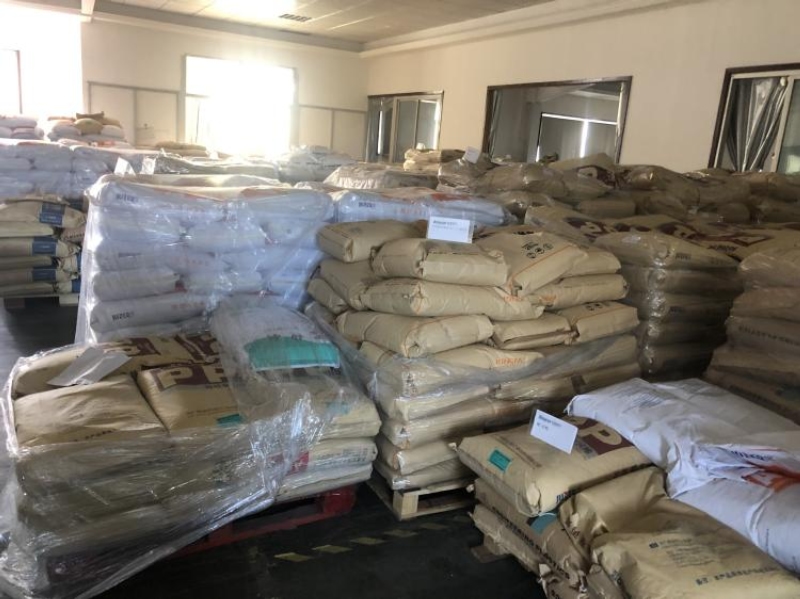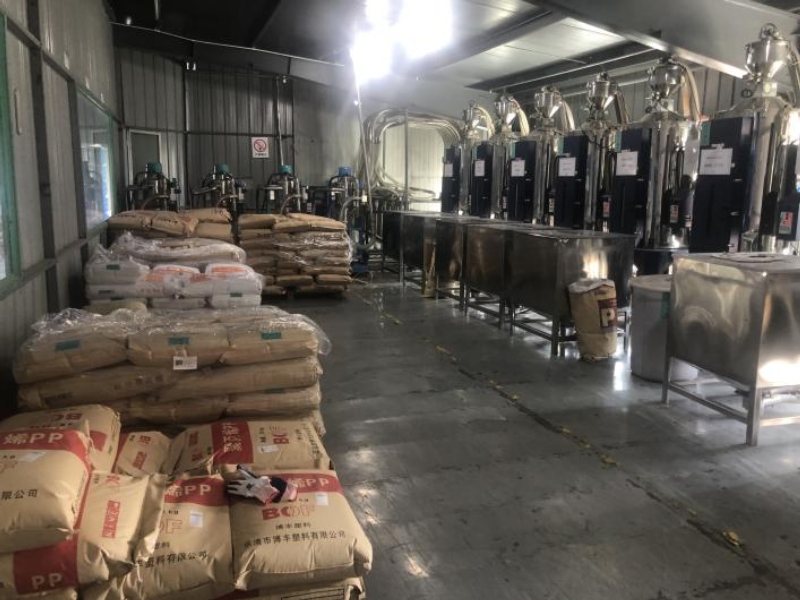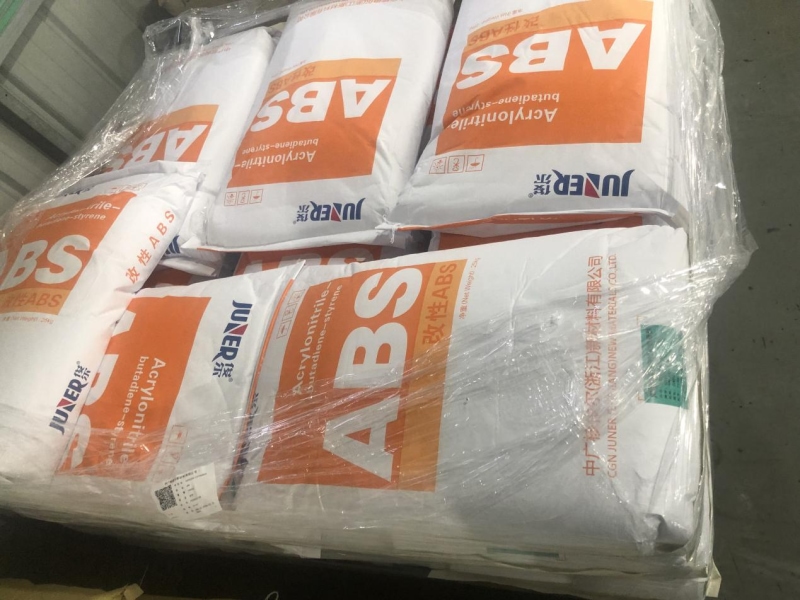By Andy from Baiyear factory
Upated November 2, 2022
Here is the news center of Baiyear’s injection molding industry. Next, Baiyear will divide the injection molding process into several articles to introduce the analysis of the raw materials of the injection molding process, because there are too many content. Next is the second article.
(3). SA (SAN–styrene-acrylonitrile copolymer/Dali glue)
1. The performance of SA:
Chemical and Physical Properties: SA is a hard, transparent material that is not prone to internal stress cracking. High transparency, its softening temperature and impact strength are higher than PS. The styrene component makes SA hard, transparent and easy to process; the acrylonitrile component makes SA chemically and thermally stable. SA has strong load bearing capacity, chemical reaction resistance, thermal deformation resistance and geometric stability.
Adding glass fiber additives to SA can increase the strength and thermal deformation resistance, and reduce the thermal expansion coefficient. The Vicat softening temperature of SA is about 110°C. The deflection temperature under load is about 100C, and the shrinkage of SA is about 0.3~0.7%.

2. The process characteristics of SA:
The processing temperature of SA is generally 200-250 °C. The material is easy to absorb moisture and needs to be dried for more than one hour before processing. Its fluidity is slightly worse than that of PS, so the injection pressure is also slightly higher (injection pressure: 350~1300bar). Injection speed: high-speed injection is recommended. It is better to control the mold temperature at 45-75℃. Drying Handling: SA has some hygroscopic properties if stored improperly.
The recommended drying conditions are 80°C, 2~4 hours. Melting temperature: 200~270℃. If thick-walled products are processed, melting temperatures below the lower limit can be used. For reinforced materials, the mold temperature should not exceed 60°C. The cooling system must be well designed, as the mold temperature will directly affect the appearance, shrinkage and bending of the part. Runners and gates: All conventional gates can be used. The gate size must be correct to avoid streaks, spots and voids.
3. Typical application range:
Electrical (sockets, housings, etc.), daily commodities (kitchen appliances, refrigerator units, TV bases, cassette boxes, etc.), automotive industry (headlight boxes, reflectors, instrument panels, etc.), household items (tableware, food knives, etc.) etc.), cosmetic packaging safety glass, water filter housings and faucet knobs.
Medical products (syringes, blood aspiration tubes, renal infiltration devices and reactors). Packaging materials (cosmetic cases, lipstick sleeves, mascara cap bottles, caps, cap sprayers and nozzles, etc.), specialty products (disposable lighter housings, brush bases and bristles, fishing gear, dentures, toothbrush handles, pen holders, musical instrument nozzles and directional monofilaments), etc.

(4). ABS (super non-shredding glue)
1. ABS performance:
ABS is synthesized from three chemical monomers, acrylonitrile, butadiene and styrene. (Each monomer has different properties: acrylonitrile has high strength, thermal stability and chemical stability; butadiene has toughness and impact resistance; styrene has easy processing, high finish and high strength. Three monomers Polymerization of the bulk produces a terpolymer with two phases, a continuous styrene-acrylonitrile phase and a polybutadiene rubber dispersed phase.)
From the morphological point of view, ABS is an amorphous material with high mechanical strength and good comprehensive properties of “toughness, toughness and steel”. It is an amorphous polymer. ABS is a general-purpose engineering plastic with a variety of varieties and a wide range of uses. It is also called “general-purpose plastic” (MBS is called transparent ABS). Water is slightly heavier), low shrinkage (0.60%), dimensionally stable, and easy to shape and process.
The properties of ABS mainly depend on the ratio of the three monomers and the molecular structure in the two phases. This allows great flexibility in product design, and has resulted in hundreds of different quality ABS materials on the market. These different quality materials offer different properties such as medium to high impact resistance, low to high finish and high temperature twist properties, etc. ABS material has superior processability, appearance characteristics, low creep and excellent dimensional stability and high impact strength.
ABS is light yellow granular or beaded opaque resin, non-toxic, odorless, low water absorption, with good comprehensive physical and mechanical properties, such as excellent electrical properties, wear resistance, dimensional stability, chemical resistance and surface gloss, etc. And easy to process and shape. The disadvantage is weather resistance, poor heat resistance, and flammability.

2.Process characteristics of ABS
2.1 ABS has high hygroscopicity and moisture sensitivity. It must be fully dried and preheated before molding (at least 2 hours at 80~90C), and the moisture content should be controlled below 0.03% .
2.2 The melt viscosity of ABS resin is less sensitive to temperature (different from other amorphous resins).
Although the injection temperature of ABS is slightly higher than that of PS, it cannot have a loose heating range like PS, and cannot use blind heating to reduce its viscosity. It can be increased by increasing the screw speed or injection pressure to improve its fluidity. The general processing temperature is 190-235℃.
2.3 The melt viscosity of ABS is medium, which is higher than that of PS, HIPS, and AS, and a higher injection pressure (500~1000bar) is required.
2.4 ABS material uses medium and high speed and other injection speeds to achieve better results. (Unless the shape is complex and thin-walled parts require a higher injection speed), the product nozzle position is prone to air streaks.
2.5 ABS molding temperature is high, and its mold temperature is generally adjusted at 25-70 °C.
When producing larger products, the temperature of the fixed mold (front mold) is generally about 5°C higher than that of the movable mold (rear mold). (Mold temperature will affect the finish of plastic parts, lower temperature will result in lower finish)
2.6 ABS should not stay in the high temperature barrel for too long (should be less than 30 minutes), otherwise it will easily decompose and turn yellow.
3. Typical application range: automobiles (dashboards, tool hatches, wheel covers, mirror boxes, etc.), refrigerators, high-strength tools (hair dryers, blenders, food processors, lawn mowers, etc.), telephones Cases, typewriter keyboards, recreational vehicles such as golf carts and jet skis.
To be continued, if you want to know more, please feel free to contact us. Baiyear is a large-scale comprehensive factory integrating plastic mold manufacturing, injection molding and sheet metal processing. Or you can continue to pay attention to the news center of our official website: www.baidasy.com , we will continue to update the knowledge news related to the injection molding processing industry.
Contact:Andy Yang
What’s app : +86 13968705428
Email: Andy@baidasy.com
Post time: Nov-29-2022






